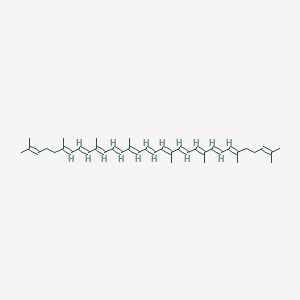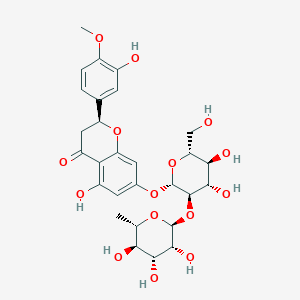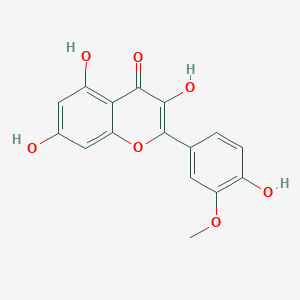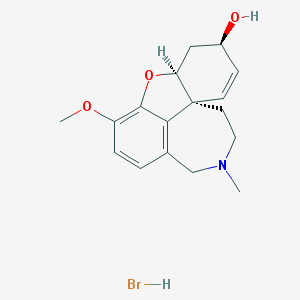Description
Lycopene is a type of organic pigment called a carotenoid. It is related to beta-carotene and gives some vegetables and fruits (such as tomatoes) a red color. Lycopene is a potent antioxidant that may help protect cells from damage. It’s one of the most powerful natural antioxidants, and because it’s still effective when heated, it’s simple to incorporate into your diet via both fresh and processed foods.
Lycopene is a naturally occurring chemical that gives fruits and vegetables a red color. It is a type of pigment called a carotenoid, which is found in high concentrations in tomatoes, but also in other red fruits such as watermelons, pink grapefruits, apricots, and pink guavas.
Main Benefits:
- Antioxidant Properties: Lycopene is a powerful antioxidant. Antioxidants help protect cells from damage caused by free radicals, which are thought to contribute to certain chronic diseases and aging.
- Heart Health: Some studies suggest that lycopene may help lower the risk of heart disease. It might help reduce levels of “bad” LDL cholesterol and increase “good” HDL cholesterol.
- Cancer Prevention: There is some evidence to suggest that lycopene might help in preventing certain types of cancer, particularly prostate cancer. However, more research is needed to confirm this.
- Skin Protection: Lycopene may help protect the skin from damage caused by the sun and reduce the risk of sunburn.
- Eye Health: It might play a role in protecting against age-related eye conditions like macular degeneration.
Applications:
- Dietary Intake: The most common way to get lycopene is through diet. Foods rich in lycopene, such as tomatoes, watermelon, and other red fruits, are recommended.
- Supplements: Lycopene is also available as a dietary supplement, often marketed for its potential health benefits.
- Cosmetics and Skincare Products: Due to its antioxidant properties and potential skin benefits, lycopene is sometimes used in cosmetic and skincare products.
- Food Coloring: As a natural pigment, lycopene is used in food manufacturing as a coloring agent.





